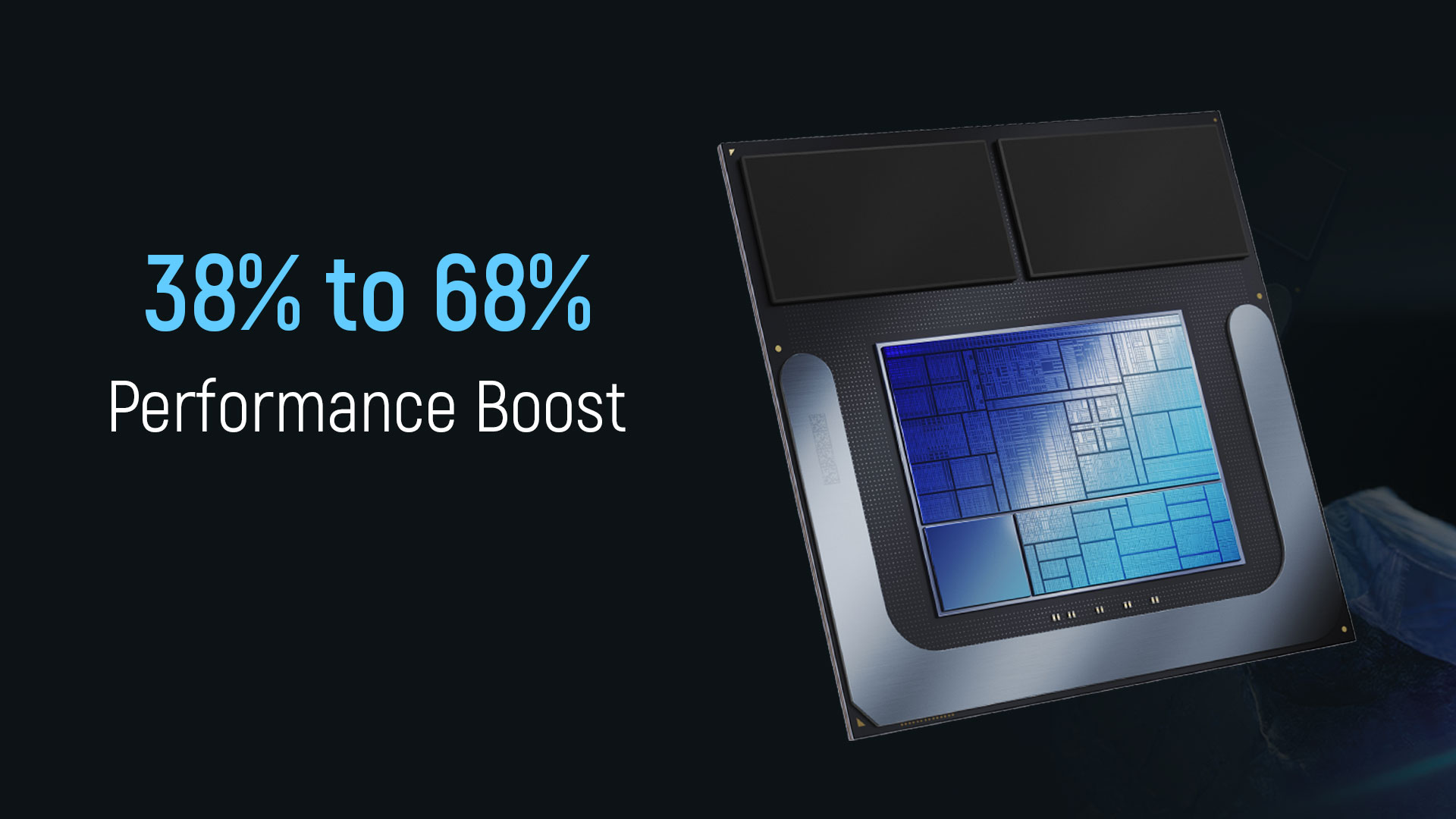 POSTED ON July 07, 2024 by Mostafa Zaman
POSTED ON July 07, 2024 by Mostafa Zaman Intel Luner Lake: What’s new in this next-generation processor?
As we approach Q3 2024, Intel’s highly anticipated client processors, codenamed Lunar Lake, are poised to revolutionize the laptop market. With over 80 cutting-edge laptop designs from over 20 original equipment manufacturers, Lunar Lake promises to deliver unprecedented AI performance globally. Through timely updates, Copilot+ PCs will benefit from enhanced experiences, including the innovative Recall feature. Building upon the success of Intel® Core™ Ultra processors, the addition of Lunar Lake is projected to propel Intel’s annual shipment of AI PC processors to a staggering 40 million units.
These next-generation processors represent more than just incremental enhancements; they mark a departure from the long-standing x86 paradigm that has shaped the PC industry for decades. Building upon the foundation laid by last generation’s Meteor Lake, Lunar Lake introduces significant improvements in performance, efficiency, and advanced packaging. Notably, it embraces on-package memory—a key feature that sets it apart.
Specification of Luner Lake
Intel’s Lunar Lake, the successor to Meteor Lake, promises an evolution in mobile SoCs. There are some significant changes inside the CPU. Here we are trying to discuss the advancement in detail.
Processor Cores & Architecture
Lunar Lake features eight cores, including four high-performance P-Cores based on the Lion Cove architecture (without Hyper-Threading) and four efficient E-Cores using the Skymont design. These cores are organized as a chiplet-based (tile-based) processor similar to the previous generation Meteor Lake. Lunar Lake dynamically allocates tasks to optimize power usage and performance, guided by Intel Thread Director and Windows 11. Notably, Lunar Lake is being fabbed by TSMC using a mix of their N3B and N6 processes.
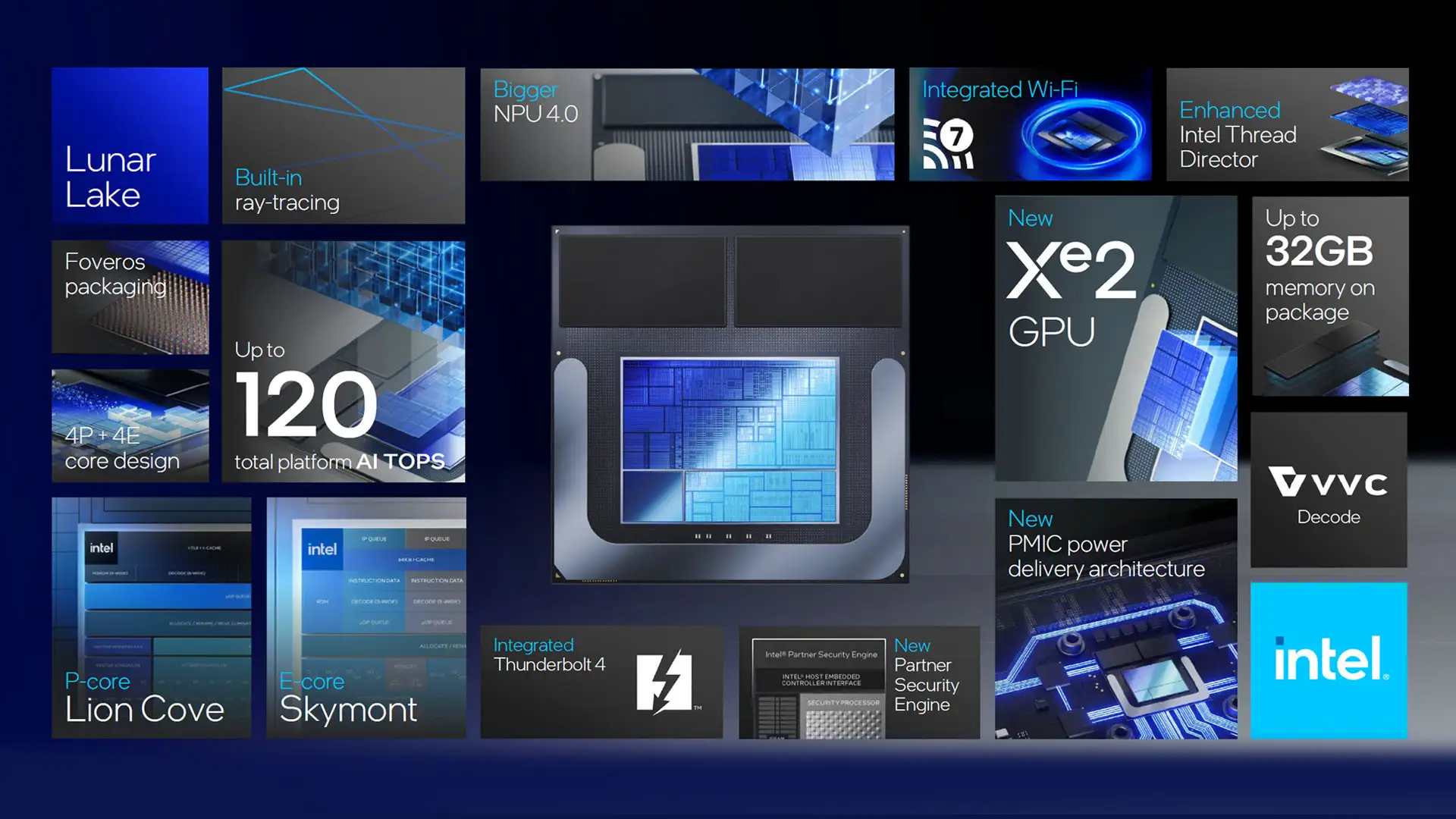
New integrated GPU Intel Arc Battlemage
Lunar Lake incorporates a new integrated GPU with 1024 shaders. The integrated GPU, known as Intel Arc Battlemage, boasts a maximum of 64 Xe2-based Execution Units (EUs) and 8 Xe2 GPU cores12. This combination aims to strike a balance between performance and efficiency for the next generation of Core Ultra mobile processors.
Next-Generation NPU
Intel’s next-generation Lunar Lake processors, set to launch in Q3 2024, feature an upgraded neural processing unit (NPU). This fourth-generation NPU delivers up to 48 tera-operations per second (TOPS) of AI performance, quadrupling the capabilities of the previous generation. With this enhanced NPU, Lunar Lake exceeds Microsoft’s 40 NPU TOPS requirements for next-gen AI PCs. The architecture also integrates a new Xe2-LPG GPU and other compute elements, making it a powerful choice for AI workloads and generative tasks.
Performance of Lunar Lake
Intel made several changes in its architecture to make an impact on the performance of the upcoming Lunar Lake processor. With an emphasis on power efficiency and battery life, Lunar Lake boasts an upgraded Neural Processing Unit (NPU) capable of over 100 tera operations per second (TOPS) in AI performance. Additionally, faster graphics and improved core performance make it a promising contender in the evolving laptop CPU landscape.
Performance of Cores
Intel’s Lunar Lake architecture boasts impressive engineering achievements. In specific workloads, Skymont’s single-threaded performance surpasses the previous generation by 38% to 68%. Intel’s new E-cores perform so well that they rival the earlier Raptor Cove performance cores found in Intel’s 13th and 14th Gen desktop CPUs. Additionally, the Lion Cove P-cores offer a remarkable 14% uplift compared to their Redwood Cove counterparts in Meteor Lake, establishing them as the fastest cores within the CPU.

AI Performance
Intel claims that Lunar Lake delivers 1.4x more AI performance compared to Qualcomm’s Snapdragon X Elite chips1. It delivers a whopping 120 trillion operations per second (TOPS) of AI performance. That’s three times the NPU power of its predecessors, including the 2023 Meteor Lake Intel Core Ultra processors. Moreover, The Neural Processing Unit (NPU) alone contributes up to 48 TOPS, putting it ahead of Qualcomm’s latest Snapdragon SOCs.
Power Consumption
Lunar Lake achieves the lowest power consumption ever seen from an x86 processor, with 20% lower power than Qualcomm’s chips and 30% less than AMD’s Ryzen 7 7840U1. The new Skymont cores achieve equivalent performance at only one-third the power, offer 70% greater performance at the same power level, and can even deliver 2x the performance with only a slight increase in power. Notably, the four-core cluster outperforms two of Meteor Lake’s E-cores by up to 2.9x under similar power constraints.
Connectivity Features
The Platform Controller Tile (PCT) integrates advanced connectivity options for the Lunar Lake system. Check out the connectivity features:
Wi-Fi 7.0: High-speed wireless connectivity.
Bluetooth 5.4: Enhanced Bluetooth capabilities.
PCIe Gen5 and Gen4 ports: Fast data transfer.
Thunderbolt 4 ports: Versatile connectivity for peripherals and displays
New Era of Technology World
Intel Lunar Lake represents a leap forward in mobile processors. Its impressive AI capabilities, efficient design, and enhanced graphics promise a transformative experience for laptops and ultrabooks. With robust connectivity options and built-in security features, Lunar Lake is poised to redefine the future of computing.
The timing of Lunar Lake’s certification for Windows Copilot+ remains uncertain, as this distinction currently applies exclusively to Qualcomm’s Snapdragon X Plus and Snapdragon X Elite chips. The world is waiting to see the technological advancement that will come with this new system. Stay tuned for its official release in Q3 2024!
No Comments
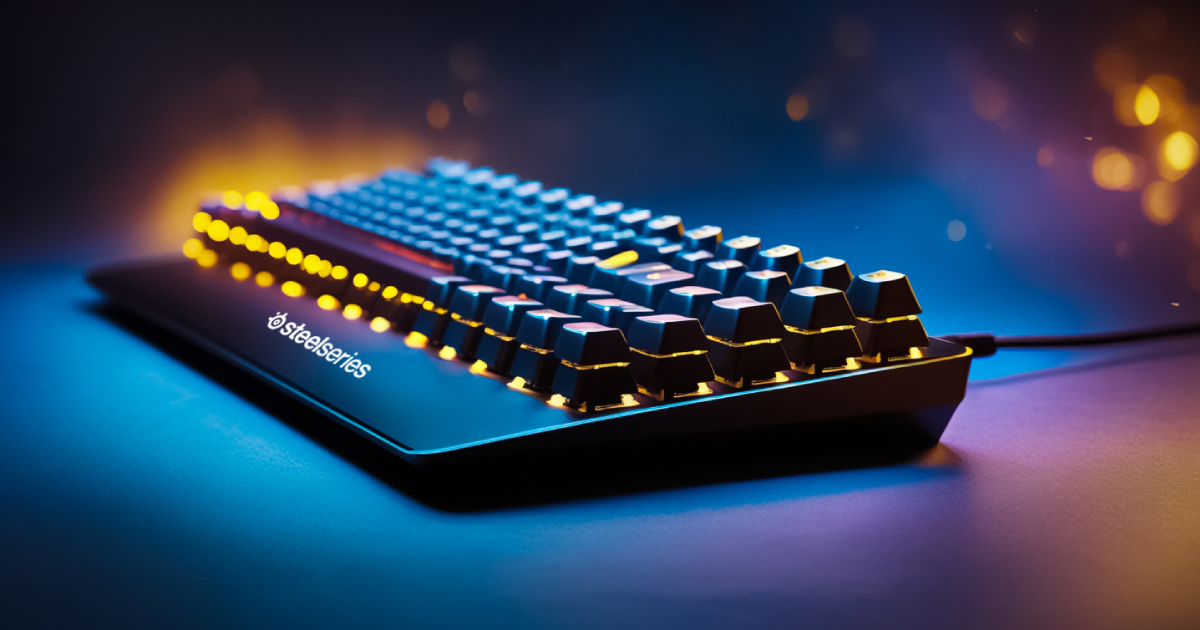
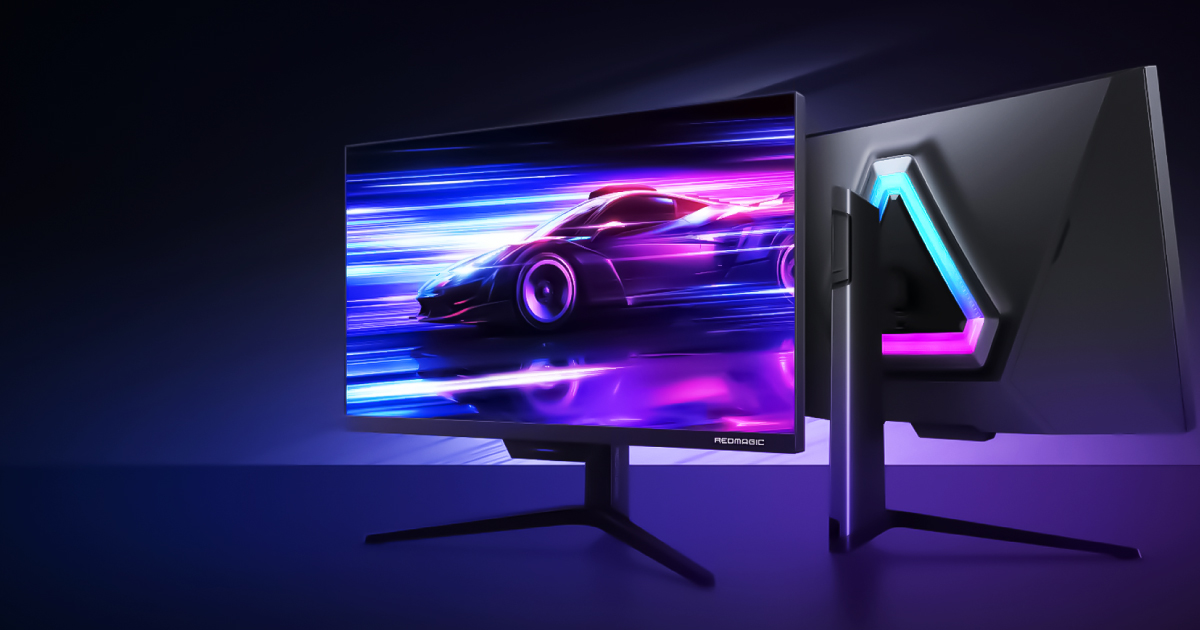
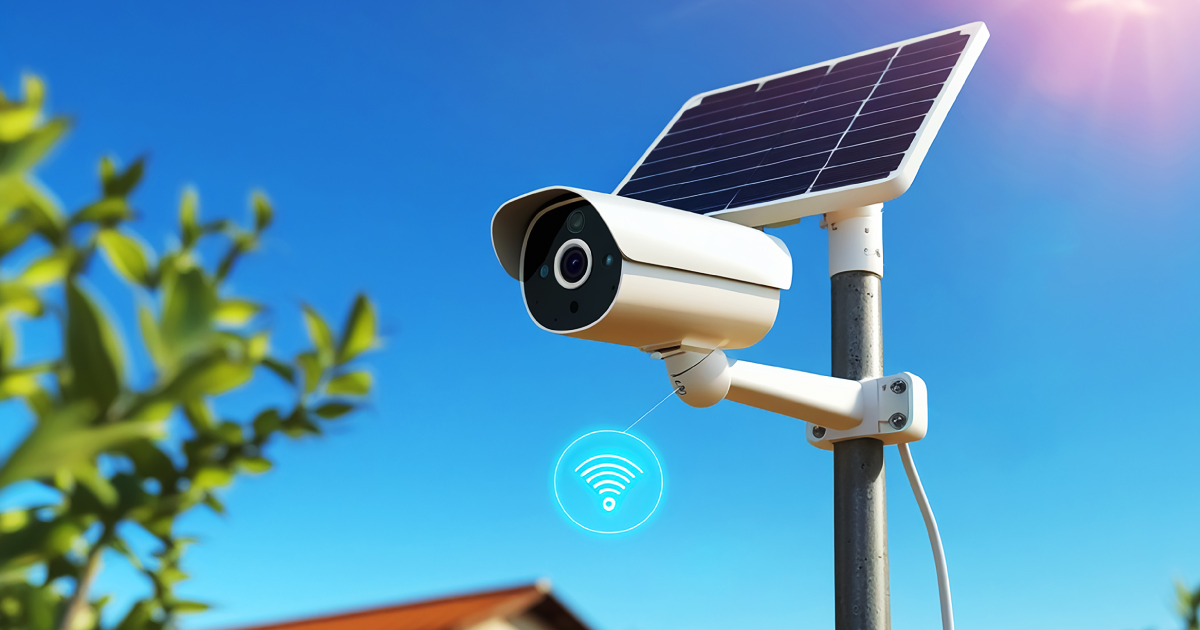

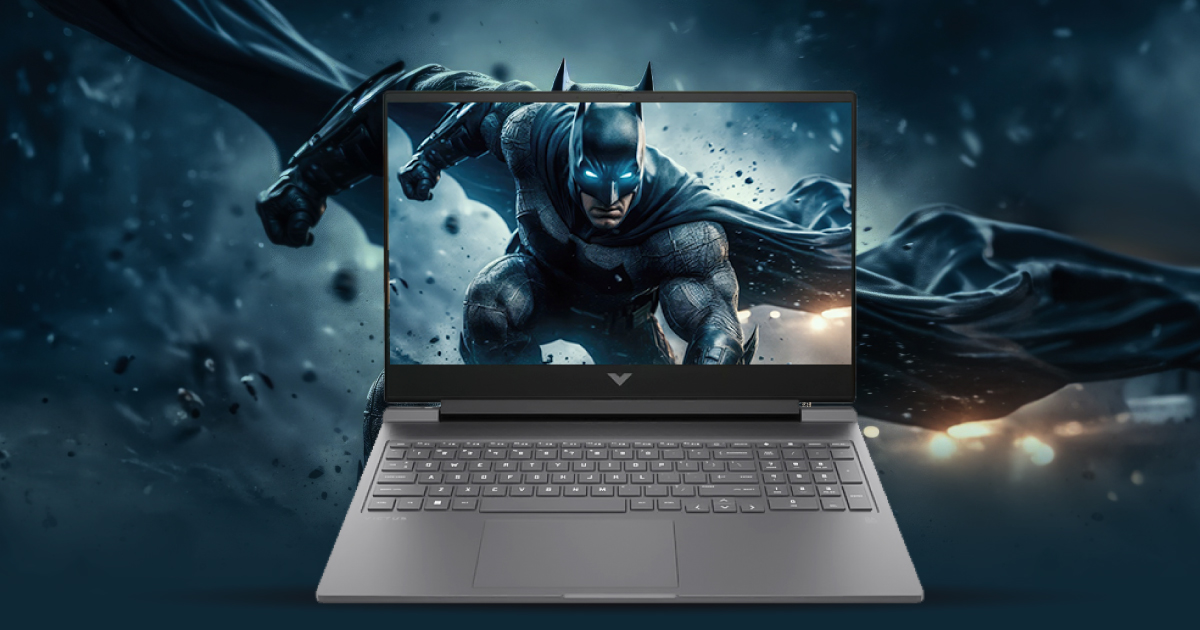

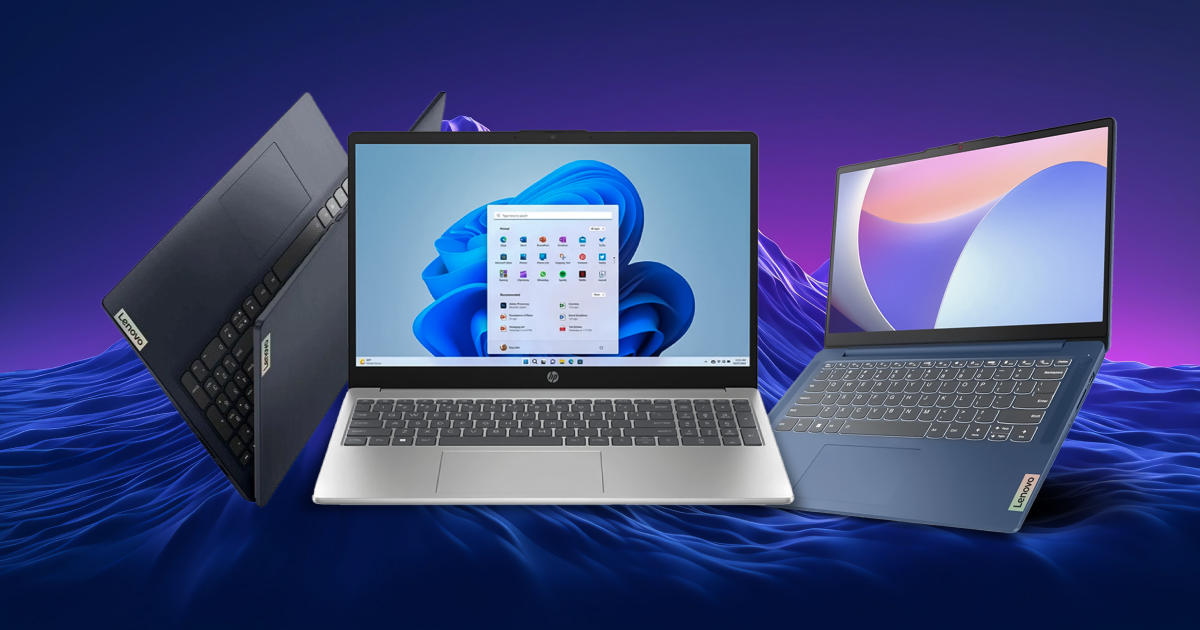
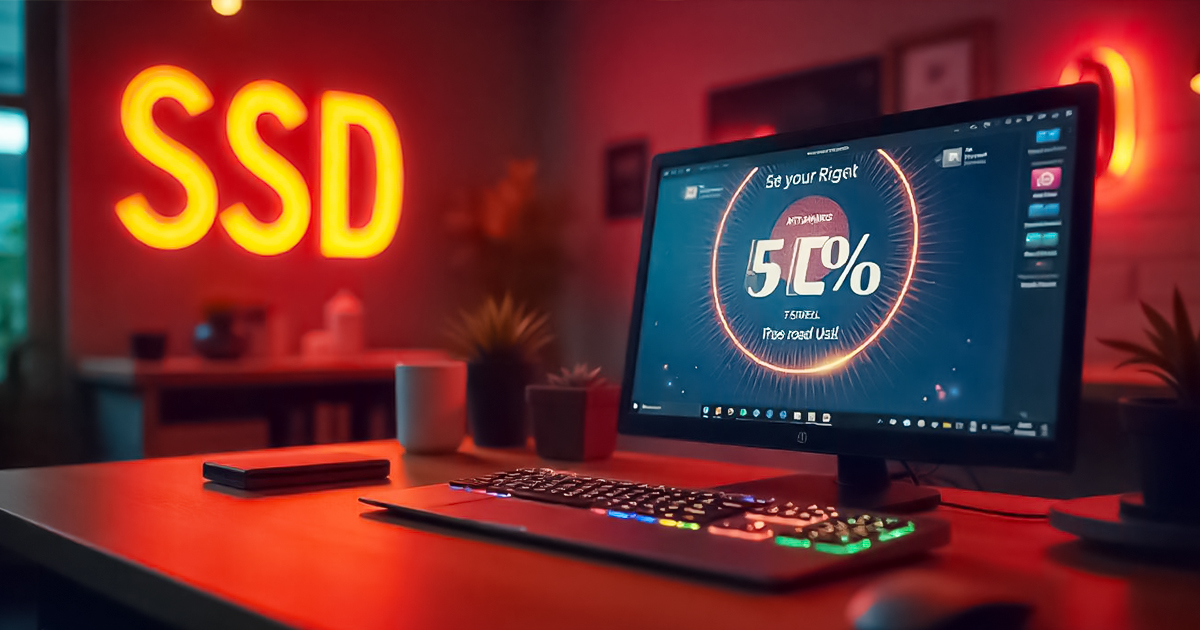
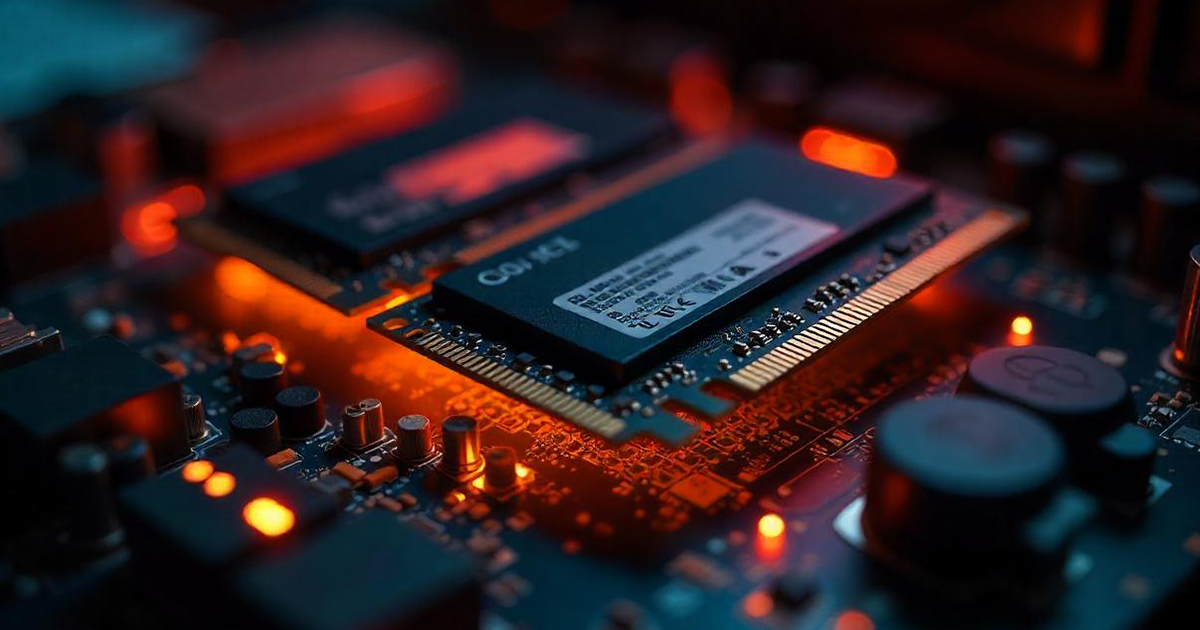

Leave a comment